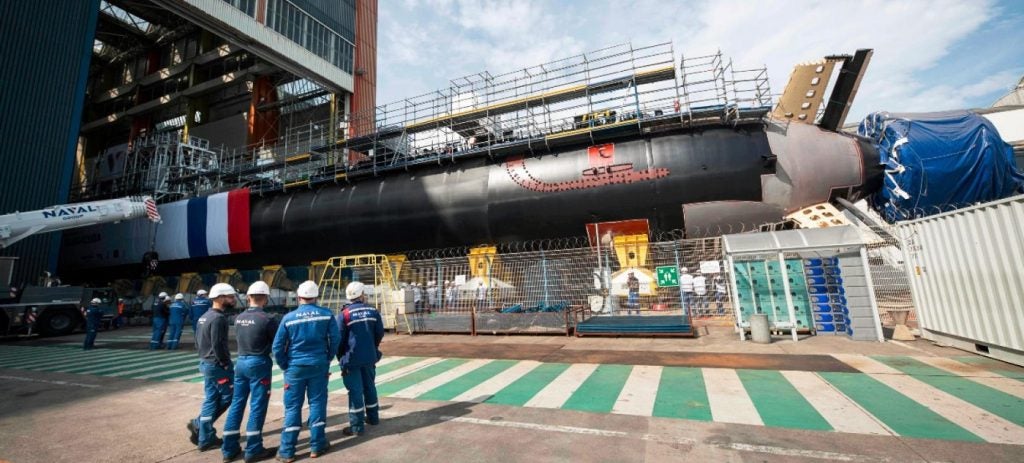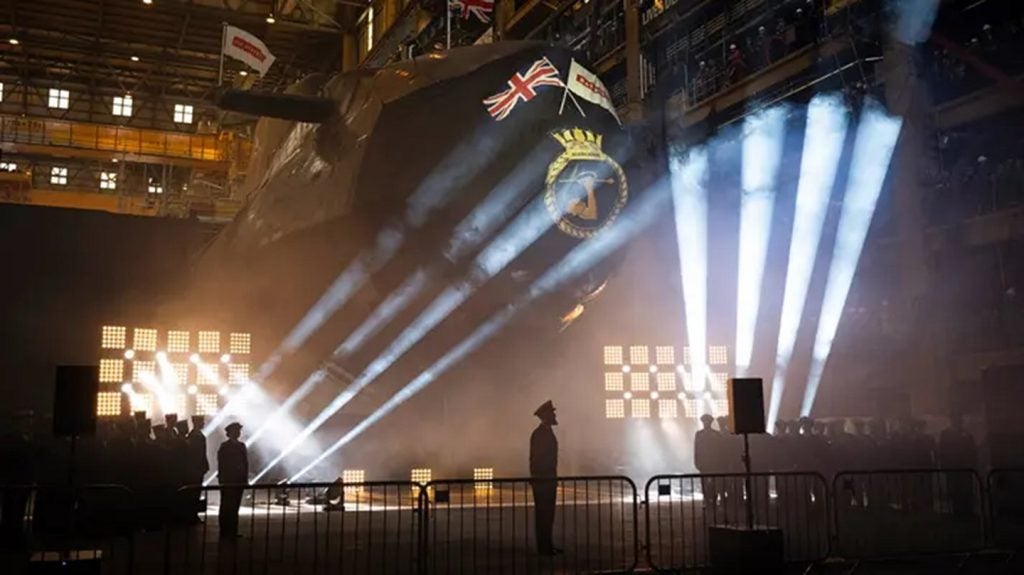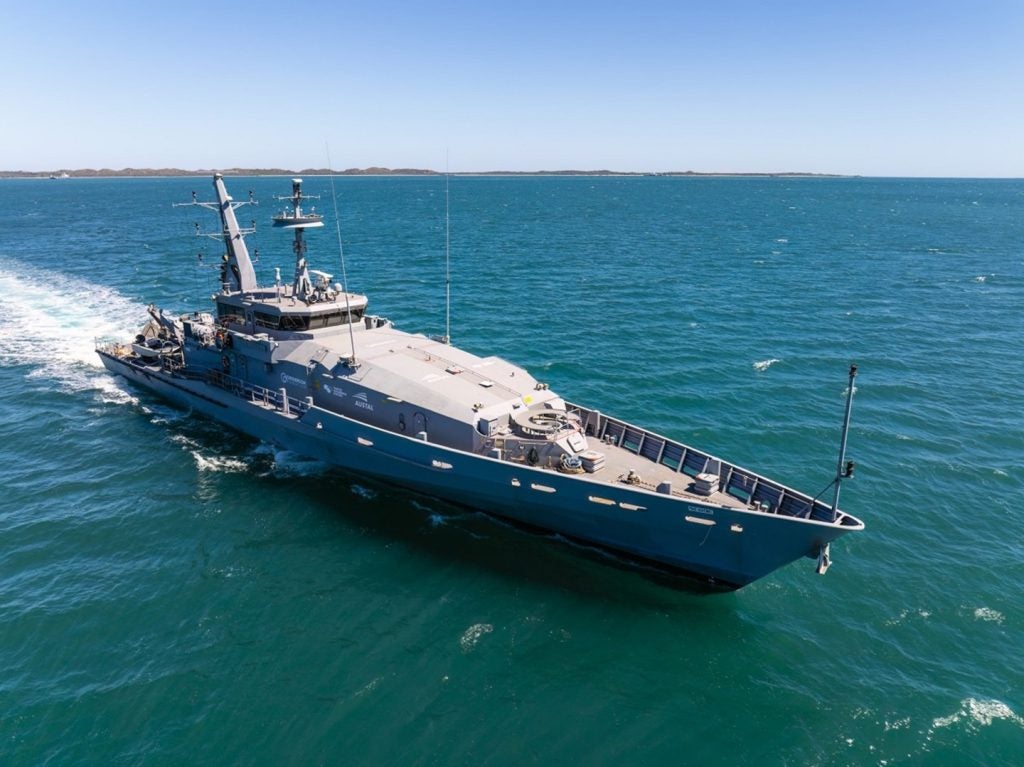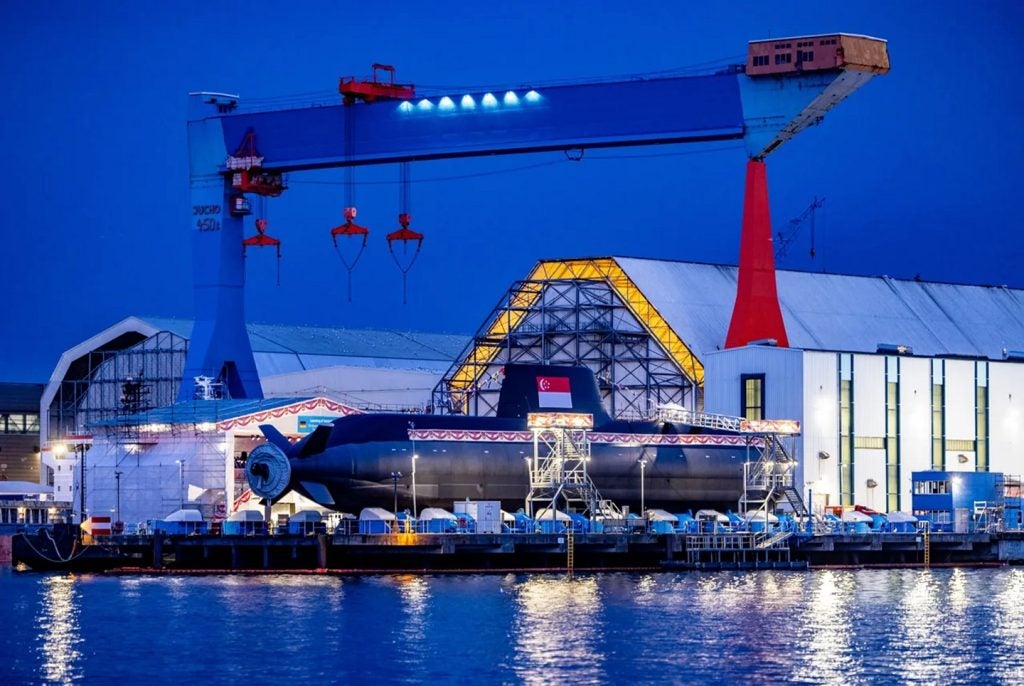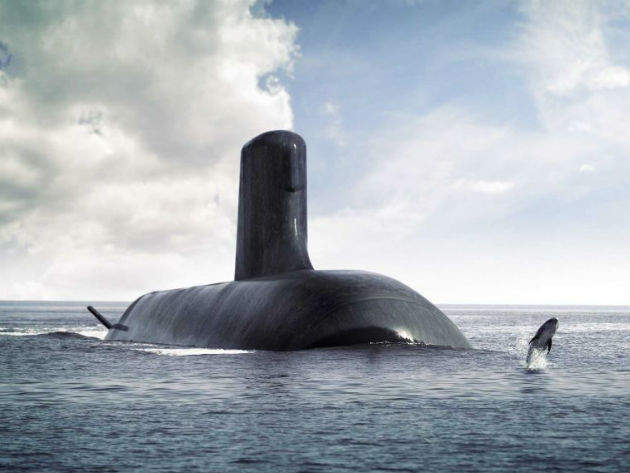
Naval-technology.com/wp-content/uploads/image-digitalinsightresearch/Active/2016Q3/2.NRI/Naval/Features/shortfin barracuda.jpg” />
Australia’s A$50bn ($38bn) future submarine programme to provide a state-of-the-art replacement for its current Collins-class that will last far into the century stands as the country’s largest and most expensive defence acquisition programme to date. With the six existing vessels scheduled to leave service in the 2030s, the quest for a replacement began in 2007 and by 2009, it was announced that twelve new vessels would be built, doubling the number of the fleet.
A number of options and possible suppliers were mooted and considered in the intervening years, and for some time a direct purchase of Soryu-class submarines from Japan seemed to be on the cards, in the wake of Tokyo’s shift in defence export policy. Ultimately, however, in early 2015 the then-Abbott government implemented a ‘competitive evaluation process’ which was finally to see French shipbuilder DCNS win out over the two rival German and Japanese designs.
Fast pace
It is an ambitious project and calls for the concept design to take place between 2017 and 2018, followed by a preliminary design phase until 2021, with detailed work going on into 2024, overlapping the start of construction in 2022. The first sub is scheduled for completion in 2030, and after operational testing and evaluation, is expected to enter service around 2033.
How well do you really know your competitors?
Access the most comprehensive Company Profiles on the market, powered by GlobalData. Save hours of research. Gain competitive edge.

Thank you!
Your download email will arrive shortly
Not ready to buy yet? Download a free sample
We are confident about the unique quality of our Company Profiles. However, we want you to make the most beneficial decision for your business, so we offer a free sample that you can download by submitting the below form
By GlobalDataThis 17-year chronology, however, hides the fact that since that award in April 2016, things have already been moving on apace. In September, Lockheed Martin was selected as the combat system integrator for the future submarines and in November, DCNS Australia signed up to explore supply chain opportunities with the Indigenous Defence Consortium (IDC). These are both significant steps in their own right. Lockheed Martin getting the nod over Raytheon, which had done the work on the existing Collins class, means that Australia will be using the same system provider as the US Navy, boosting potential interoperability, and the IDC agreement was its first since its foundation in March 2016.
See Also:
Also in November the first of a number of planned joint briefings by the Commonwealth of Australia, DCNS and Lockheed Martin for local companies took place in Adelaide, with the next set for Sydney in February.
Next steps
Alongside these and other moves to identify Australian industry capability, a range of other key tasks are also underway, including detailed programme planning, preliminary design activities and ongoing work to facilitate the necessary transfer of technology. In addition, DCNS says it is currently developing subsequent agreements and contracts to execute the full design process, and this is expected to extend to the mid-2020s.
The company is also currently planning the build, test and integration facilities and infrastructure necessary to support the construction of submarines in Australia, although at the time of writing, DCNS says details of the precise build, and by whom it will be done, are yet to be confirmed.
Combat systems laboratory
For its part, Lockheed Martin Australia (LMA) is already close to completing a new Combat System Architecture Laboratory at Endeavour House in the company’s South Australian Headquarters in Adelaide. “We are in the process of finalising construction and security requirements and it is planned to open in Q1 2017,” a Lockheed spokesperson says.
The laboratory includes a reconfigurable submarine command centre, where the Royal Australian Navy’s operational concepts can be tested and validated in a simulated environment. According to Lockheed Martin, the benefit of establishing a combat system lab alongside the early submarine design phase was one of the key lessons learned from its success with the US Navy’s Virginia-class programme, helping to reduce risk and minimise development costs.
“There will be a design and mobilisation period in 2017 where LMA will work with the Commonwealth and DCNS to fully understand requirements and ensure appropriate planning and resourcing can take place to support the Combat System Integration to the Future Submarine Program,” says the spokesperson.
The laboratory will provide the design and collaboration space throughout this period.
‘Crown jewels’ of technology
It all adds up to an impressive start to the programme to provide Australia with what is said to be the most advanced conventionally powered submarine in the world – the Shortfin Barracuda Block 1A.
Although the design takes the French Navy’s Barracuda class as its starting point, DCNS is clear to point out that, contrary to some of the impressions given in the media, it is not converting a nuclear design to a conventional. The Australian Future Submarine, the company says, is something new, specifically tailored to meet the Royal Australian Navy’s requirement, which will feature the re-use of technologies from the Barracuda when and where appropriate.
It means that the new Shortfin Barracuda will benefit from what has been described as the ‘crown jewels’ of French submarine design know-how, and marks the first time that such sensitive and protected submarine technology has ever been offered to another nation.
Pump-jet propulsion will enable the submarine to move more stealthily than a propeller-driven submarine, and retractable hydroplanes will further reduce drag and noise, providing superior acoustic performance, while best-in-class sonar technology will give superior detection capabilities.
The design is intended to give Australia the lead over any regional adversary now, and built-in quick access tech insert hatches will allow the necessary upgrades to be easily made as required to ensure it keeps that edge into the future.
Developing sovereign capability
Arguably one of the most important steps in the whole programme will be to involve Australian industry to help construct the submarine fleet and then sustain it in the long term. DCNS says it is committed to seeing a sovereign industrial capability in submarine technology being developed over the coming years that will create huge employment opportunities across the whole country.
The first stages of this are already underway, with hundreds of potential suppliers already having expressed an interest, and over 25 companies passing the first audit in DCNS’s pre-qualification process for the future submarine supply chain. As the programme rolls out, DCNS also plans to create five centres of excellence which will boost career opportunities in fields such as composite materials, hydrodynamics, hull material and welding, marine corrosion and energy optimisation.
It is a vision of the future shared by Lockheed Martin Australia. LMA intends to work with many Australian companies, including Thales and Saab, with which it collaborated in the submarine combat system architecture laboratory initiative, to provide the technical capacity needed to support the Future Submarine Programme. The Lockheed spokesperson says its involvement will mean investment in engineering, project management and other high-technology industries in Australia, and is likely to create some 200 skilled jobs during the design and build phases of the project, as the company integrates the combat system in its dedicated Adelaide facility.
Industry interest
There seems to be no shortage of interest from potential partners. November’s inaugural briefing in Adelaide was attended by over 450 Australian companies, R&D and educational institutions and DCNS says it has been busy talking to hundreds of possible suppliers and has already responded to more than 600 requests for information. With the roll-out of similar briefings across Australia and its office in Adelaide due to become operational in the first quarter of 2017 as the leadership team assembles with its initial 50-strong staff, that interest is almost certain to grow.
Thus far, all the signs seem positive, and with the construction of the first new Shortfin Barracuda not due to start until around 2022, Australia has the time to develop the kind of supply chain and support network that will take its new submarine industry through this century and beyond.



